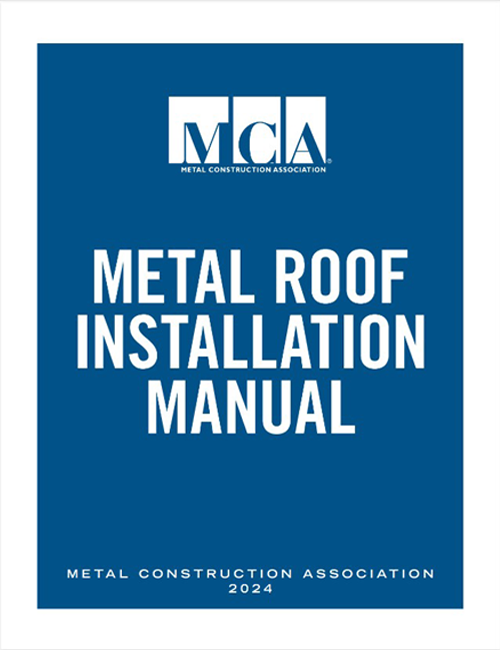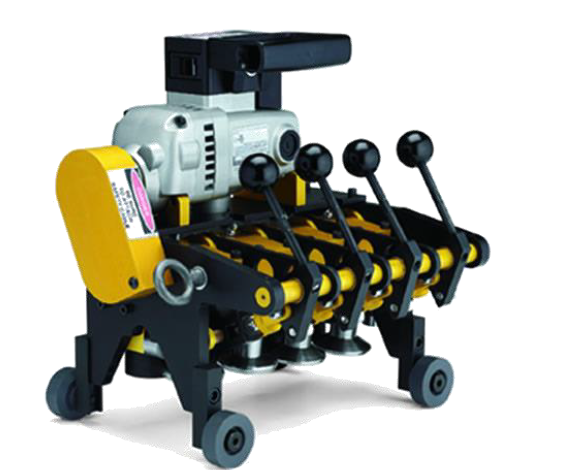White Paper
Test Method for Wind Load Resistance of Metal Roof Flashings
This test method evaluates the wind load resistance of flashings to be installed at the roof perimeter and roof plan transitions of metal roof systems by testing the flashing and its attachment to the supporting structure using line loads.
In significant wind events, failure frequently begins at the flashing attachment at the roof edge, e.g. eaves and gables, and at roof plane transitions with a reflex angle, e.g. hips and ridges. This test method is intended to determine the capacity of these flashings to withstand the anticipated wind loads.
For direct-fastened faces less than 4 inches (100 mm) it is anticipated that the mode of failure will be fastener pull-out; therefore, testing of faces less than 4 inches (100 mm) is not required.
Fasteners used to direct-fasten faces less than 4 inches (100 mm) must have adequate pull-out resistance for the design loads.
For cleated faces less than 2 inches (50 mm) the design loads will yield a line load that is too low to allow for a significantly meaningful series of test cycles; therefore, testing is not required for flashing with faces less than 2 inches (50 mm).



